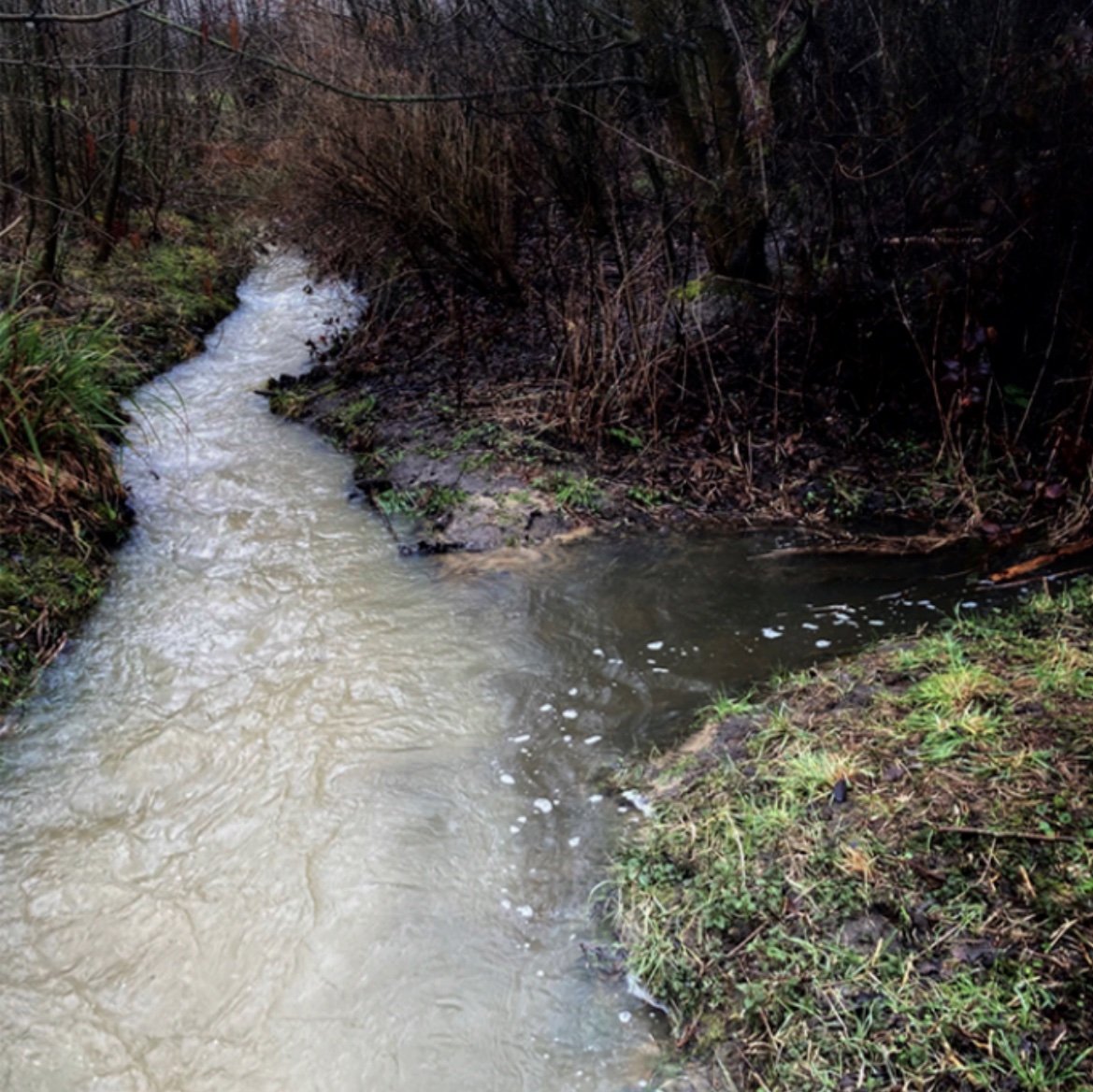12 July – 6 September 2025
Ground Water is an exhibition which takes fresh and original approaches to the watery landscapes of West Norfolk.
Myka Baum, Rebecca Hearle, Helen Kilbride, Anna Marris, Hilary Powell, Katy Sayers Green, Franek Wardynski, Caroline Wheeler
Ground Water continues a theme which has guided the 4th year of the GroundWork artists in residence programme. Broadly connected with extraction and extractivism its concerns have centred on what we pull, dig, drill out of the earth or sea, what we do with it, what we ought to do about it and how we should be communicating more widely with more people about it. Eight artists here have focused on the sea, the shore-line, the wild estuary of the Wash.
Seeing watery landscapes in completely new ways
Overall, the residency programme title last year was Ground Up. Altogether 20 artists took part. We began with a week long research trip exploring local landscapes in detail, guided by different experts. Following this, each artist responded by making new work. Ground Up was the first exhibition held at the end of 2024. Ground Water is the second exhibition coming out of the residency programme.
It has been remarkable to see how each person has shown us familiar landscapes, and in this case involving water, in completely new ways.
The artists and their work in progress
Myka Baum
Predominantly working in experimental photography, I employ cameraless and lens- based methods, both ancient and modern, such as lumen printing, cyanotypes, chromatography, analogue and digital photography, often collaborating with organisms as subjects. I explore the fragility of the natural world, focusing on themes like bee colony collapse, edible gardening and symbiotic cultures.
In recent years, my practice has increasingly bordered on art and practical action for society, such as guerrilla gardening and supporting pandemic efforts. Since 2006, my practice has centred on earthworms and soil health, highlighting their significance in combating climate change.
With my existing connections and significant knowledge of East Anglia and its landscape, I am eager to enhance my research, meet experts and contribute to the ongoing dialogue around extraction and environmental stewardship.Myka Baum
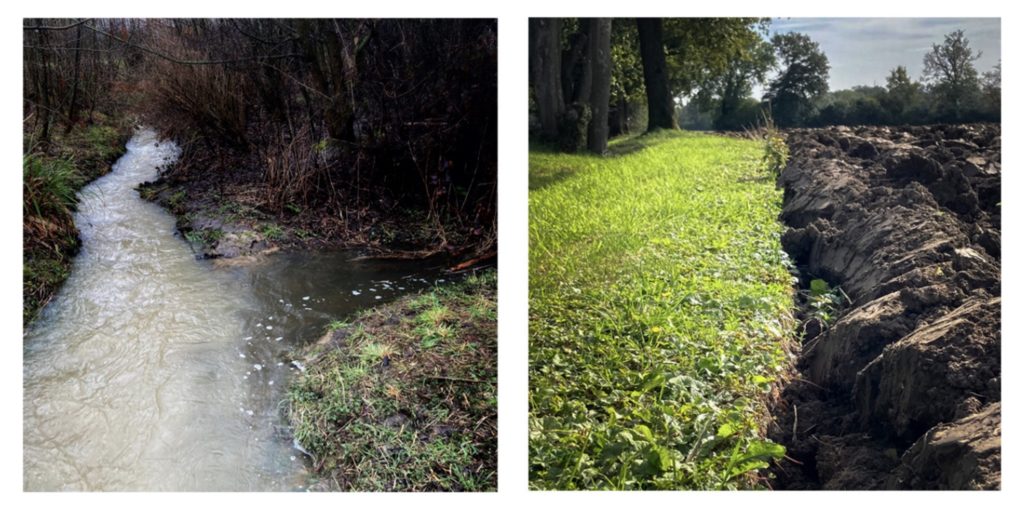
Interplay between human intervention and natural environments
Myka Baum is showing an installation of three interconnected works—Hold The Line, Grab Your Luck, and A Void. This responds to the vulnerable coastline and revetment works around the North Norfolk coastline at Cromer. It investigates the complex interplay between human interventions and natural environments, reflecting on themes of value, luck, and the impact of our actions.
‘Hold The Line’
A suspended landscape chromatograph, made from soil samples taken directly from this fragile shoreline. The delicate paper, with its patterns mirroring the natural contours of the coast, reflects its inherent fragility. The chromatograph sways gently with the air currents in the room, emphasizing the transient nature of both the artwork and the coastline it represents. The industrial strapping serves no function but to question the effectiveness of protection measures
‘A Void’
A rock revetment made from unique, precious chromatographs. These paper-based hollows draw attention to the temporality and fragility of coastal defenses, emphasizing the fleeting nature of efforts to resist natural forces. The installation starkly reveals the voids and destruction created when one natural landscape is sacrificed—often out of sight and elsewhere—to protect another. It questions who truly benefits from environmental protection and resource allocation, who is left exposed to erosion and neglect, and the hidden costs to nature when landscapes are compromised for human priorities.
‘Grab Your Luck’
An assemblage of looped videos that juxtapose snippets from diggers working on the beach with videos from arcade machines to explore themes of luck and profit. One video captures an industrial grabber dropping rocks into the sea with seemingly random precision, while another shows two diggers sweeping the beach in synchronised, almost poetic movements. These industrial actions are contrasted with footage of arcade machines: a claw machine making futile attempts to seize a prize and a penny pusher machine operating in a repetitive, fruitless manner. Together, these scenes reflect on the randomness of luck and the often illusory nature of profit, highlighting the futility of human attempts to control outcomes in both natural and artificial contexts.
Rebecca Hearle
For the last six years I have been working towards a PhD in Fine Art, my research, which is called: Being-with, seeing-with, making-with: combining landscape and self through repetition and reciprocity, has investigated the formation of a deep connection with landscape and the production of what I describe as ‘reciprocal’ artworks. The landscape that is the focus of my practice and with which I have a deep connection is the salt marshes of the Wash. My research has focused on how artist and landscape can make artworks together as the product of a desire for a reciprocal action—a giving back to landscape.
In 2023 I was a Fellow of the British Council at the Venice Biennale. I spent a month in Venice and I completed a project for which I made at least one linocut image a day. In undertaking the residency, I would arrive prepared, I would quickly acclimatise to my location, and I would work hard to achieve as much as I could in the time.Rebecca Hearle

‘Fleet Linn Creek Washes’
Relief print, letterpress and linocut, on pape
‘Fleet Linn Creek Washes’ is a visual essay exploring eight encounters with water: fleet, linn, creek, washes, sea, marsh, bog and aquifer. Eight linocut images of water are combined with a letterpress printed narrative into a book.
Norfolk is a water county; the north is washed by the sea, in the east The Broads permeate the landscape, and in the west, it merges into the Fens. ‘Fleet Linn Creek Washes’ considers encounters with water in its various forms, and how water, though immensely varied in use and thought, is always the same. This letterpressed visual essay meanders from the Purfleet to Stiffkey via Hunstanton’s chalk cliffs and Dersingham’s bog in a winding narrative of water.
Helen Kilbride
I grew up in Liverpool, and I’m from a working-class family. Having taught media at inner city colleges and universities for 14 years I decided to do a master’s degree in film and gained a distinction from the University of Staffordshire in 2022. I work with film exploring issues of class, gender, sexuality, archive, activism, and ecology. My film practice is rooted in the intersectionality of my own identity extending into those of my communities as a white queer working-class lesbian living in Liverpool’s most multi-ethnic inner-city district.
Helen Kilbride
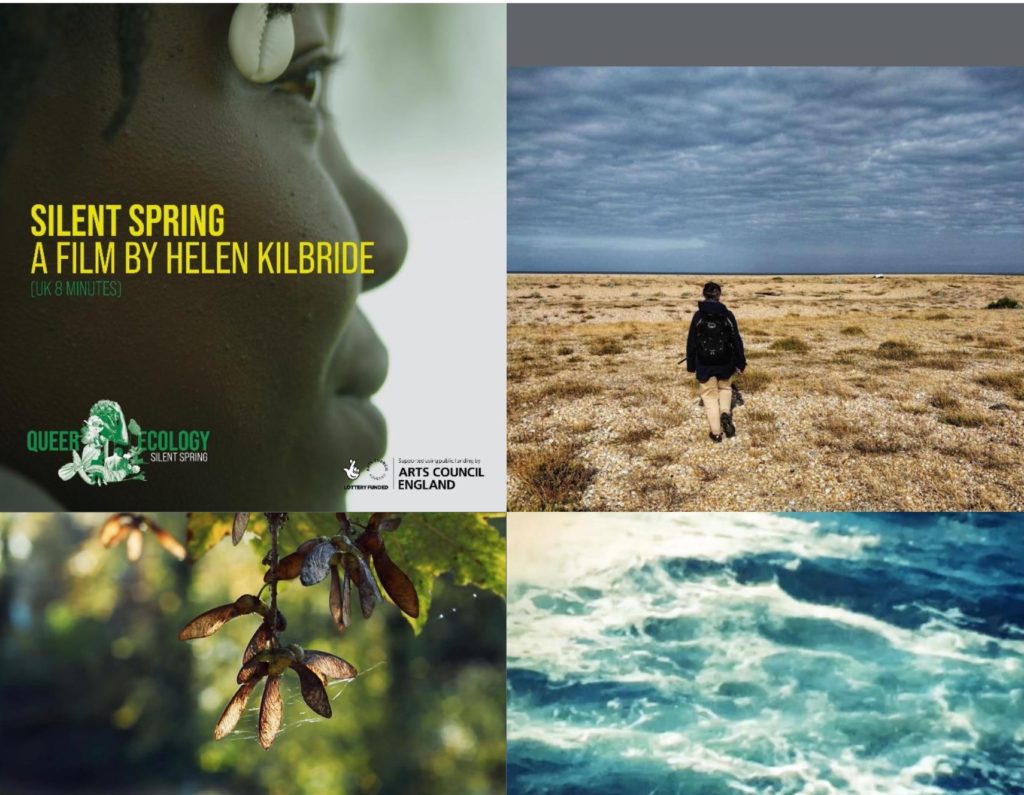
Helen Kilbride won the Iris Prize for best British Short Film in 2022, for ‘Looking for Barbara’. For Ground Water, she is preparing a film following her exploration of The Wash estuary
Anna Marris
My art practice is fuelled by an active intent to address and unearth ecological impacts of land use on our planet. My ambitions for my art focus on reimagining our relationships with extracted materials, which align with the aims and values of the GroundWork residency. I wish to dedicate time, care, and attention to learning and intuitively responding to the landscape in Norfolk to challenge my practice through a site-specific investigation. The research topics outlined by the residency that focus on the purposes of extraction and its impacts on ecology resonates with my current aims to explore how art can make visible the movements of mined materials; their uses in society and the effects of their movements both within and beyond the extraction site.
Anna Marris
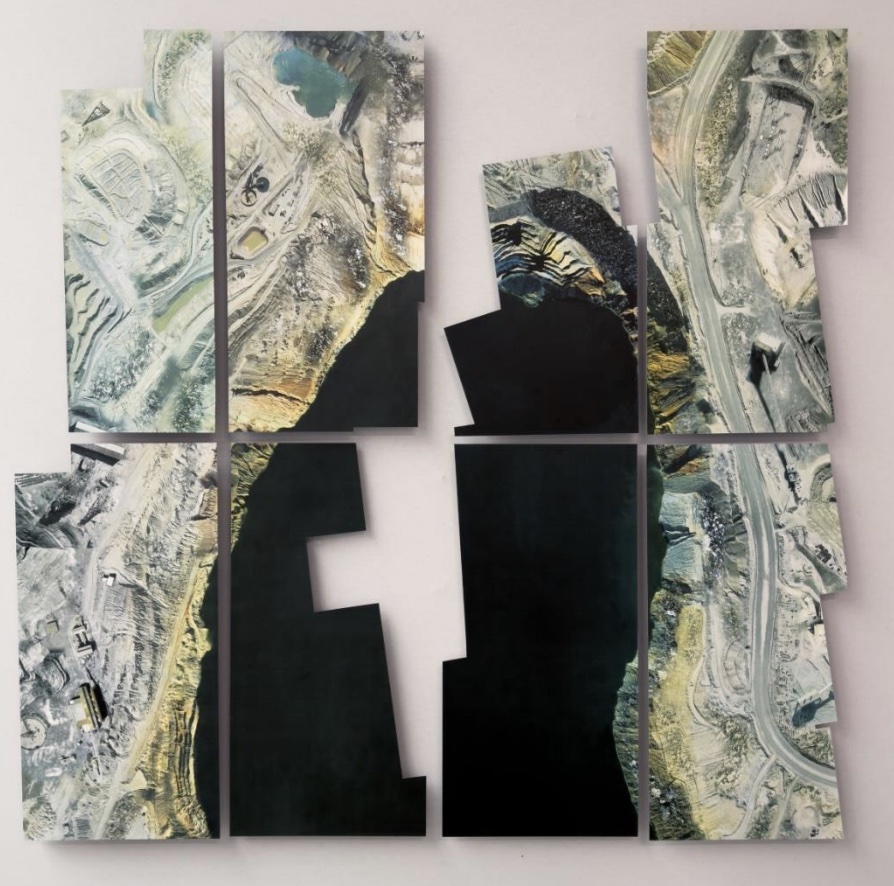
‘Ocean Systems’
This work will be a montage of individual prints on paper, including a 3D print, etchings, screen prints, and digital prints.
The artwork will reimagine a kind of forensic investigation across a section of wall space. Each print highlights something to do with the investigation, and is displayed across a large scale map of the Norfolk coastline.
The investigation aims to identify the various types of matter found in Norfolk that evidence the last ice age (e.g. ice age antler from Middleton Aggregates, quartz embedded in Dersingham bog). These visuals will help us think about the weakened ocean circulations that were occuring in that period. They are paired with imagery depicting scientific ocean research in the Atlantic, as current research suggests that ocean circulations are on a ‘tipping point’ and are weakening (similarly to how the ocean was behaving during the previous ice age). These are due to a number of reasons including human impact on climate change. By making these connections I hope to bring people’s attention towards the importance of our ocean systems, the scientific research being carried out, and make visible the physical changes of Norfolk’s coast.
(Please note, I am not suggesting we are on the verge of entering a new ice age)
Hilary Powell
My practice is deeply grounded in place and right now that place is a London terraced street where we (optimisticproductions.co.uk) are building a (renewable) POWER STATION. The street is a microcosmic story of empowered climate action. It is both local and global and I specifically look at the history and materials of energy production – from coal and gas to solar and wind.
As Leverhulme ‘Alchemist in Residence’ with UCL Chemistry I previously explored and told the global stories of the construction materials we take for granted (the story of zinc etching into roofing zinc, brick with brick ink) and I continue this now by tracing the narratives and life cycles of renewables – not to undermine them but to create an exploded view of both extractive and generative processes, examining and facing the issues to tackle within a just energy transition.
Hilary Powell
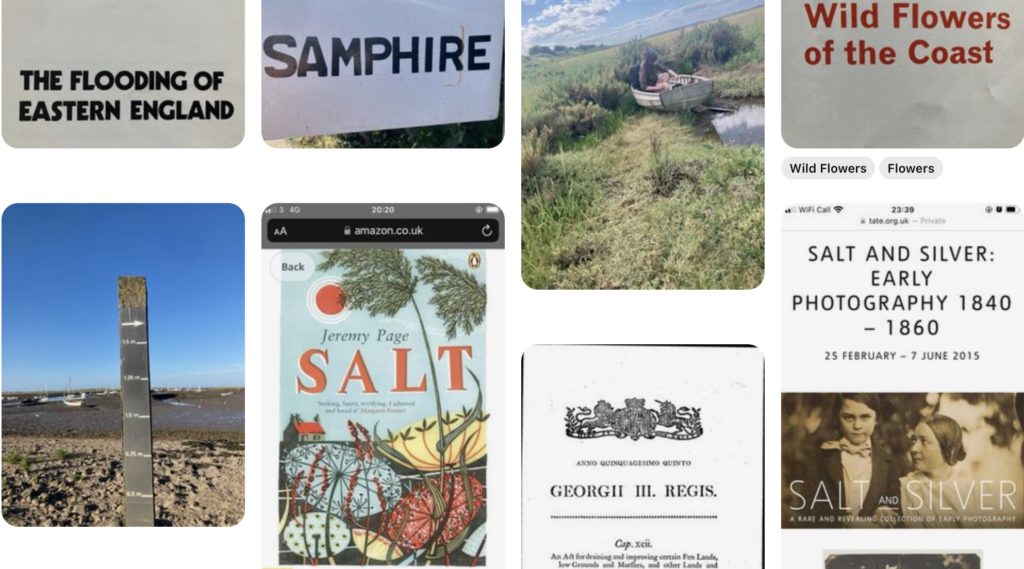
“[Extracting ourselves from] The Edges of England: A drama in 10 Acts. “
Salt print photography
This involves making a series of large-scale salt print portraits of specific characters from specific histories. These characters are being developed from detailed research on those who have or still do own and manage the liminal spaces of the coastline (focused on West and North Norfolk but in an ownership pattern that relates to all of England) – primarily Crown Estate, King, Old Aristocracy eg Lord Coke, Le Strange, National Trust, MOD, Church…. They will be pictured in costume situated in the salt marsh and mud flats, finery coated in mud and eyes on distant times.
Each image is an ‘Act’ and each Act of this dramatic cycle is based on an Act passed in Parliament that impacts this coast from the Drainage Act, multiple Enclosures Acts, Public Trustee Act, Energy Act, Crown Estate Act, Official Secrets Act…
Influences include Agnes Varda’s lawyer in the cabbage patch in her ‘Gleaners and I’, King Canute, Tadeaus Kantor’s ‘Panoramic Wave Happening’ , Derek Jarman’s work and the discussion in the whatsapp group around the language used around coastal retreat/realignment/management -holding the line.
I will also film the process and make a film work alongside the still photographs that almost enclose the characters in deep time/history subsumed by mud and conserved/corroded by salt.
https://hilarypowell.site/
Katy Sayers Green
I have a sustained ongoing interest in issues around sustainability, the Environment, bio-diversity collapse, climate change etc. and I tend to grapple with difficult and complex subject matter. My work also draws on ancient wisdoms in order to shed light on the present. However, my starting point is always the observable world and I base my artwork on close observation, drawing, sketching and taking photos from life and this provides the launch pad for more abstract developments.
Katy Sayers Green
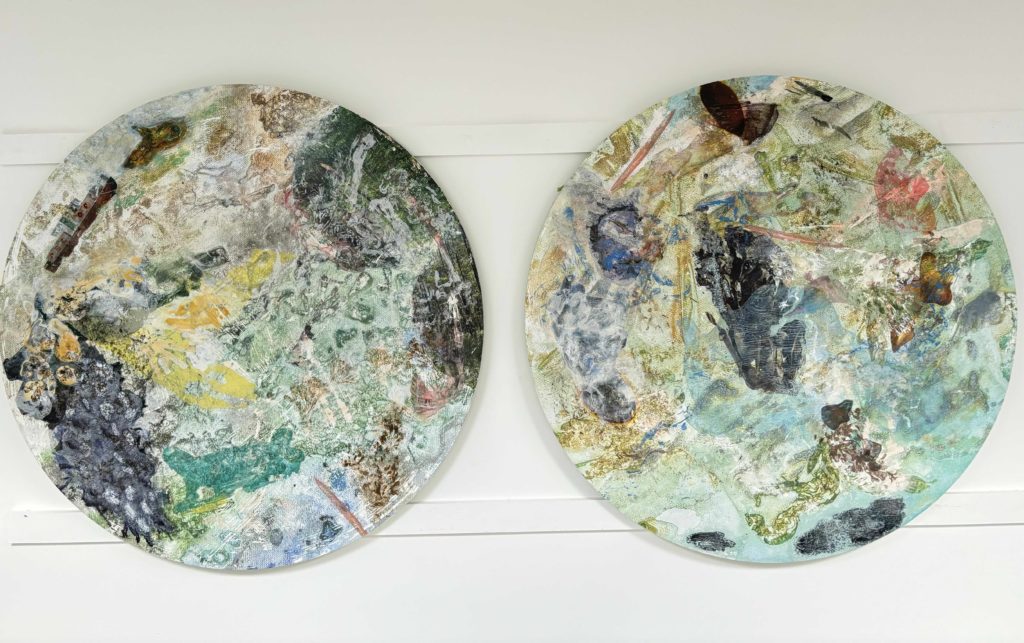
Noah’s Woods, The Wash painting
Each 110cm diameter; acrylic on wood panels.
“I have been influenced by global flood myths, which are so prevalent and which contain so many similar elements. I have been influenced by Doggerland, flood myths, what I discovered in the Wash zone at Holme dunes etc.
I am interested in what washes up on the shore and how that points to vast changes over time and space and buried civilisations and habitats. I am also interested in the cyclical aspect to all this – out of decay and destruction, coming new beginnings and new life forms. “
http://www.katysayersgreen.com/
Franek Wardynski
“My practice involves observing and exploring the landscape, translating what I experience into sculpture, film, sound, and performance—sometimes dark, frequently playful, and always mysterious. I have a profound appreciation for engaging with the complexity of nature; thus, for the past years, I have taken my practice on the road as part of field studies in the American desert, atop Swiss mountains, and through the urban grid of Berlin. Participating in the GroundWork Residency would be a transformative opportunity. I look forward to collaborating with like-minded artists, exploring new techniques, and gaining fresh perspectives on the natural materials that inspire me.”
Franek Wardynski
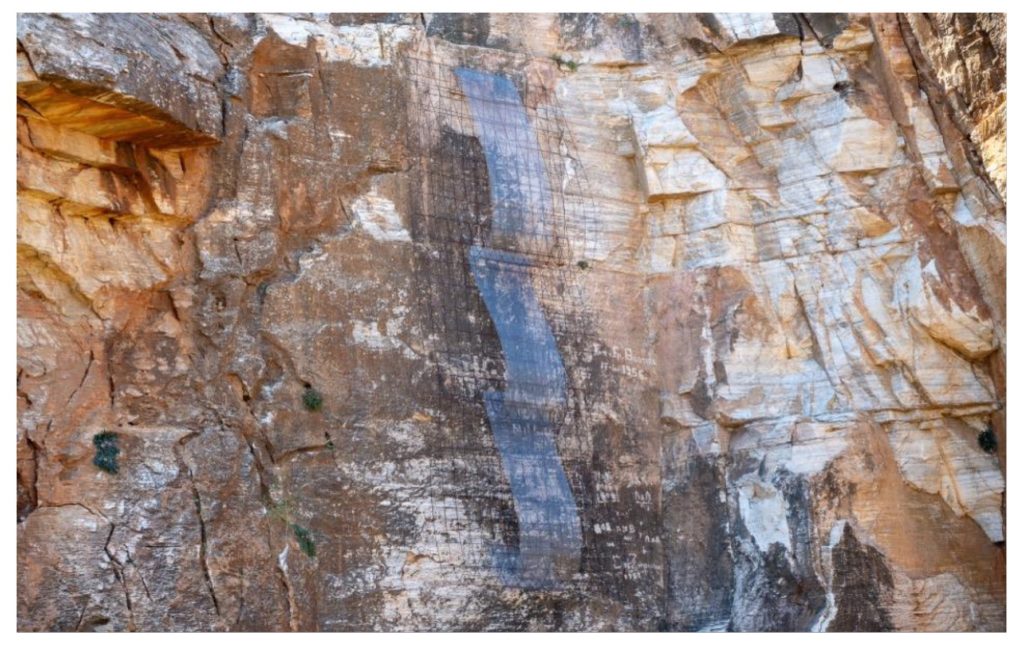
Phase
Franek was inspired by Norfolk’s coastal landscape, especially at Overstrand and is making a film exploring themes between erosion and extraction.
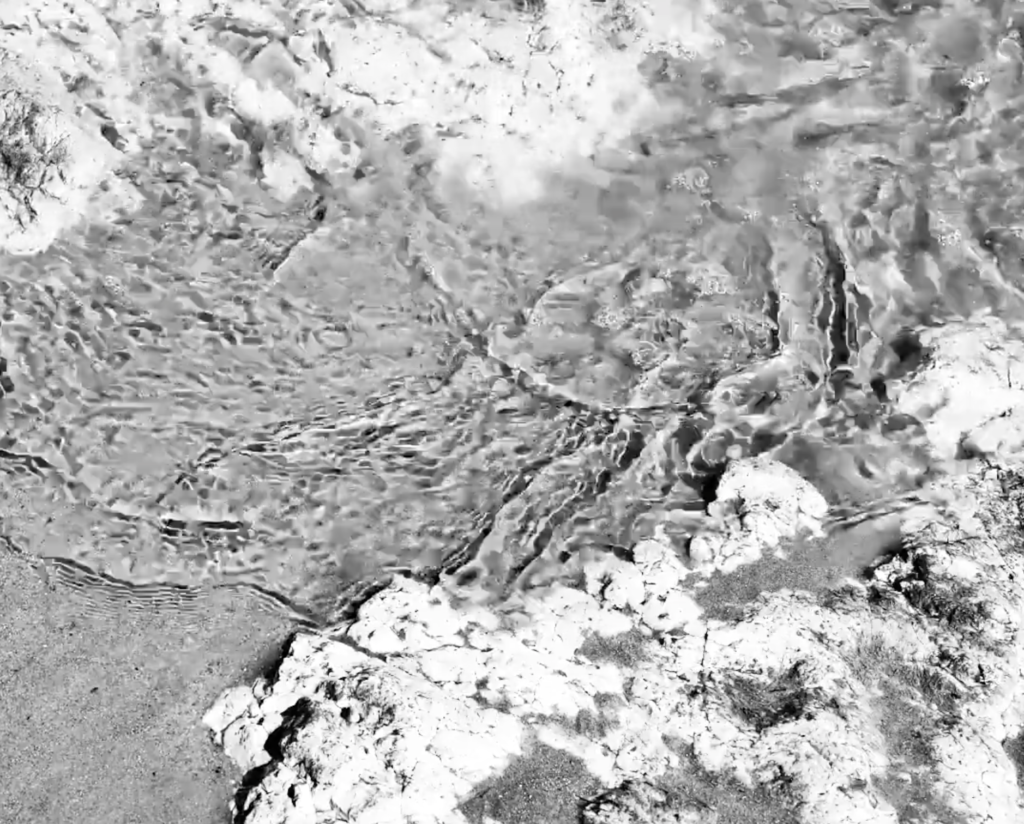
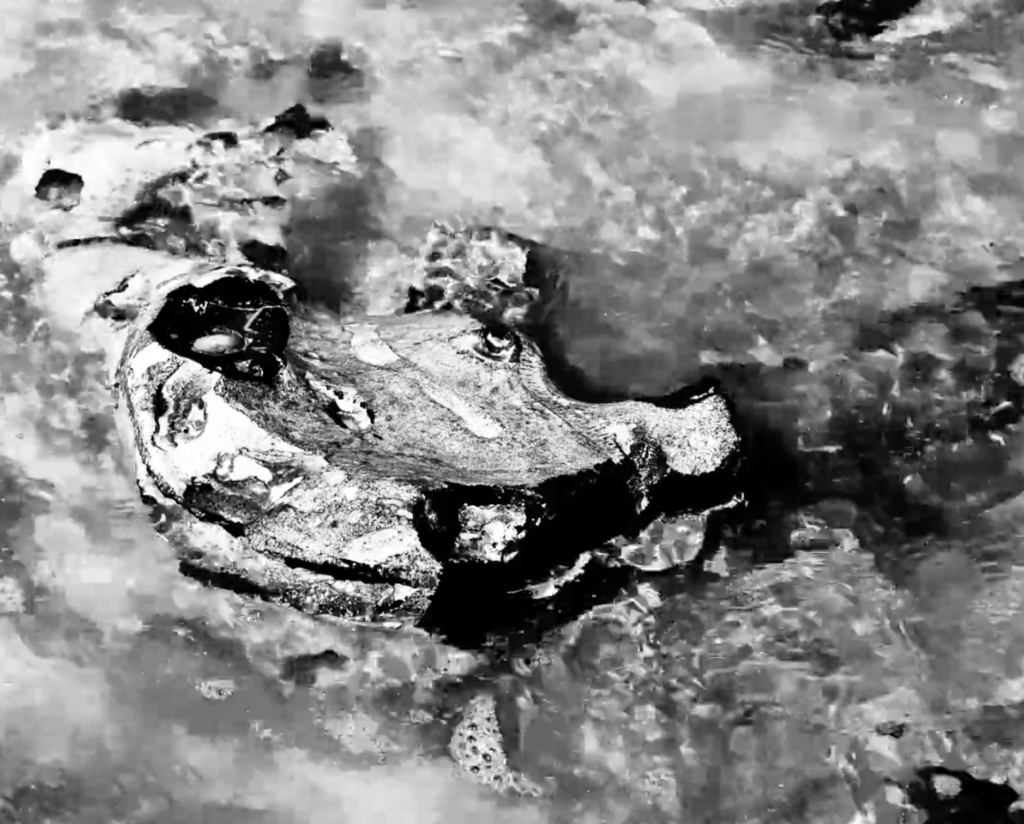
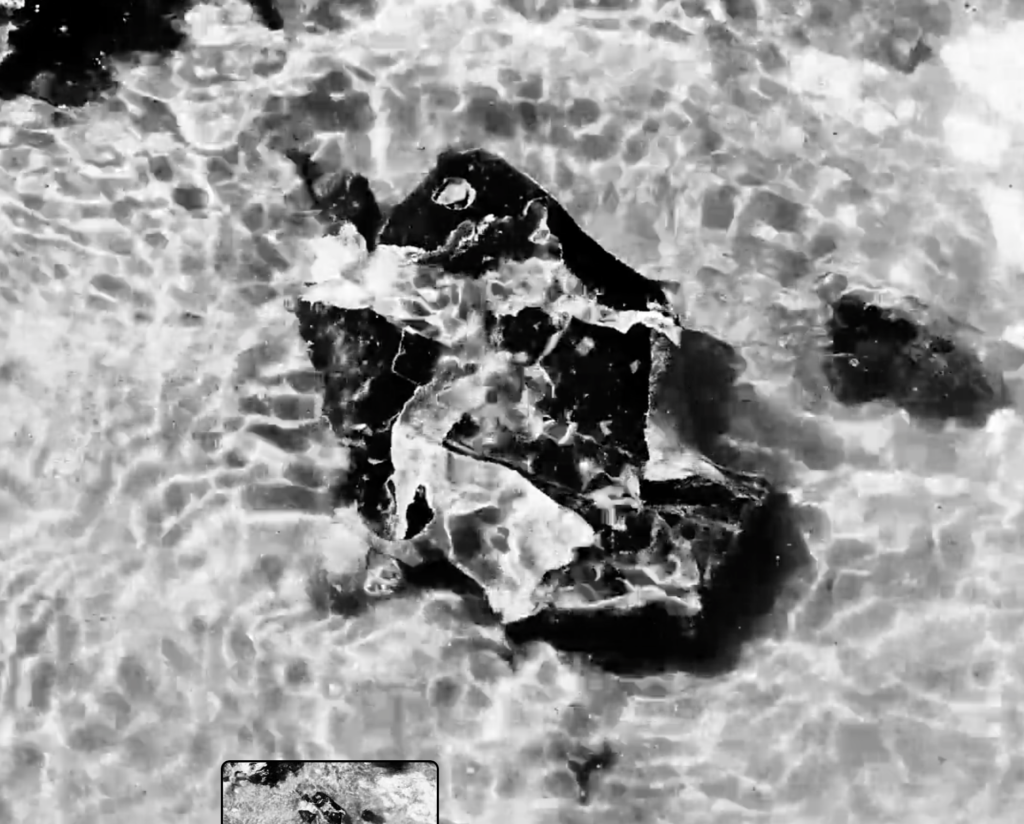
Above: Franek Wardynski, stills from Phase, video, 2024
He describes the film as follows:
‘Phase’ is a film created during a residency at GroundWorks Gallery in Norfolk, UK, over the summer of 2024. Shot primarily on Cromer beach, it captures the slow erosion of clay cliffs and nearby houses, where the tides leave behind flint nodules resembling meteorites or fragments of flesh. The project delves into the interplay between tides, moon phases, erosion, and extraction, reflecting on how these forces shape both the landscape and the microcosms within it.
https://www.franekwardynski.com
Caroline Wheeler
The theme of ‘Ground Up’ already connects to my work on sand depletion and land measurement and on bauxite mining and the construction of and with aluminium. But it also speaks to other works and areas of research I’ve engaged in. I see this as an opportunity to engage further in conversations of perceived value, place, displacement and extraction, of excavation, mining, dredging, harvest. I have touched on Norfolk based research and influence since moving to the county 3 years ago, but this is an opportunity to engage fully on a local, site specific work and research project. I’m also keen to do engage with the provocation of how best to draw attention to extraction and hope to do this during the residency.
Caroline Wheeler
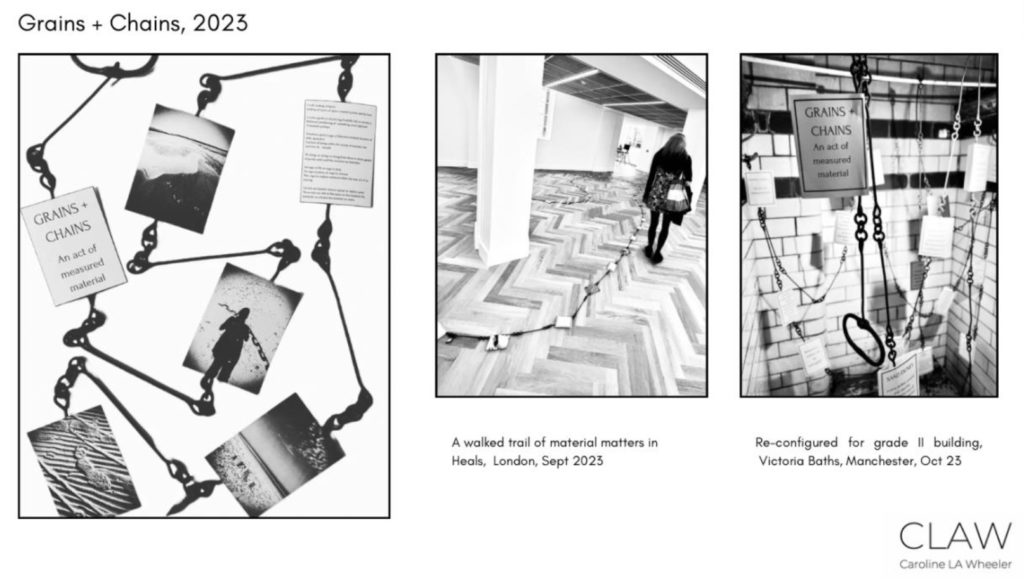
‘Falling from Grace’
Handmade book
Artist book walking through the residency with image and text. Hand bound
‘Microbial Chains’
Cotton rag paper and bacterial swamp pigment. Wall hung work.
A merging flow of chains, painted / drawn with swamp bog pigment featuring text
‘Notch’
Metal (copper / bronze tbc)
Cast sculpture [metal choice (bronze / copper) tbc]; Possibly also a wearble piece, (still in progress). Circularity in extraction – a postive practice. Referencing the practice of V notch clipping of breading female lobsters and returning them to sea after ‘extraction’, a marker for them being illegal to land whilst of reproductive age.
‘Precious’ (working title)
Metal and printed image.
Small pop up installation, potentially a series of three residency based scenes, each casting different material elements in the role of where a gemstone would usually sit in a ring. Questioning how we place value on material elements. [300mm x 220 x 220 mm]

